Building a future: Shehri brings together young brains to help with solutions
NED University and Indus Valley students put together recommendations for city spaces.
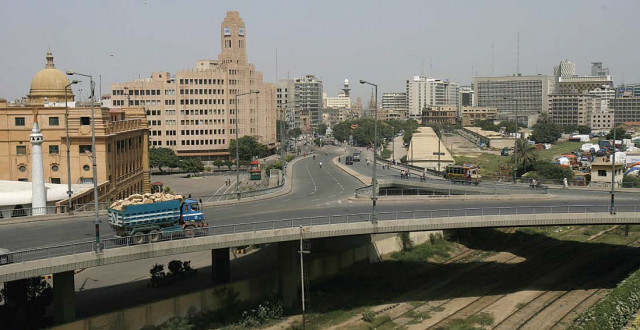
“Karachi has been going through a very unfortunate trend of brain drain,” said urban planner Farhan Anwar at their seminar on ‘Sustainable Growth in Karachi - Visions and Plans by Future Planners’ on Saturday. “We thought of bringing up young architects to see how they are thinking, planning and implementing their vision of [a growing Karachi].”
These young guns, from NED University of Engineering and Technology’s architecture and planning department and the Indus Valley School of Art and Architecture (IVS), were invited to share their ideas.
The presentation began with a 2005-2006 NED batch’s proposed schemes for Lines Area and Clifton in 2010. For example, one part of it focused on creating links between spill-over points (where the influx of people is at a maximum) to areas that are not being used to their full potential.
NED’s Madiha Salam explained that Lines Area is more of an introverted society with limited links to the rest of the city. Schools, clinics, recreational centres and work places have all have been built within the area’s boundaries for the people’s convenience. “A couple of our final theses have been presented to the head of the Lines Area Re-Development Project, Dr Saifur Rehman, who says he will take the proposed planning into consideration,” said Salam.
The students also felt that Clifton shared a common ground with Lines Area in terms of under-used space, roads and clusters of religious and ethnic groups. They noted that built recently roads are not linking residential areas to commercial ones. The existing neighbourhood is changing rapidly and developing but the students felt that more work needs to be done to ensure roads play the role of ‘common connectors’.
NED has been working along these lines for a few years. According to associate professor and head of Urban Regional Design and Planning at NED, Aasiya Sadiq, they have been holding a studio every year for 10 years to help students connect research and practical solutions. “The students engage in recreational research by going out into the field, documenting [information] and then working on it.” The studio provides them with a professional environment under a panel of stakeholders, political workers and professional architects.
“The studio is designed every year for three months, October to December, with a new batch of students,” said Sadiq. Currently, students from IVS and many others are working at the studio as a team.
For their part, the IVS students exhibited a different and yet interesting side of Karachi. They had worked with the idea of interstitial - in-between spaces or cracks - and street children.
“It is essential for architects to act together at the political level, to link up their work or else the upcoming years are going to be of complete corruption,” Alibhai concluded as she congratulated the young architects on their contributions.
Published in The Express Tribune, October 17th, 2011.


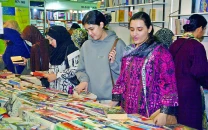
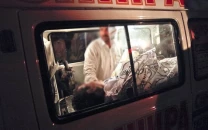

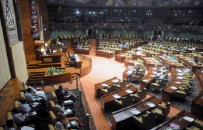
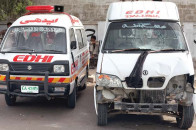












COMMENTS
Comments are moderated and generally will be posted if they are on-topic and not abusive.
For more information, please see our Comments FAQ